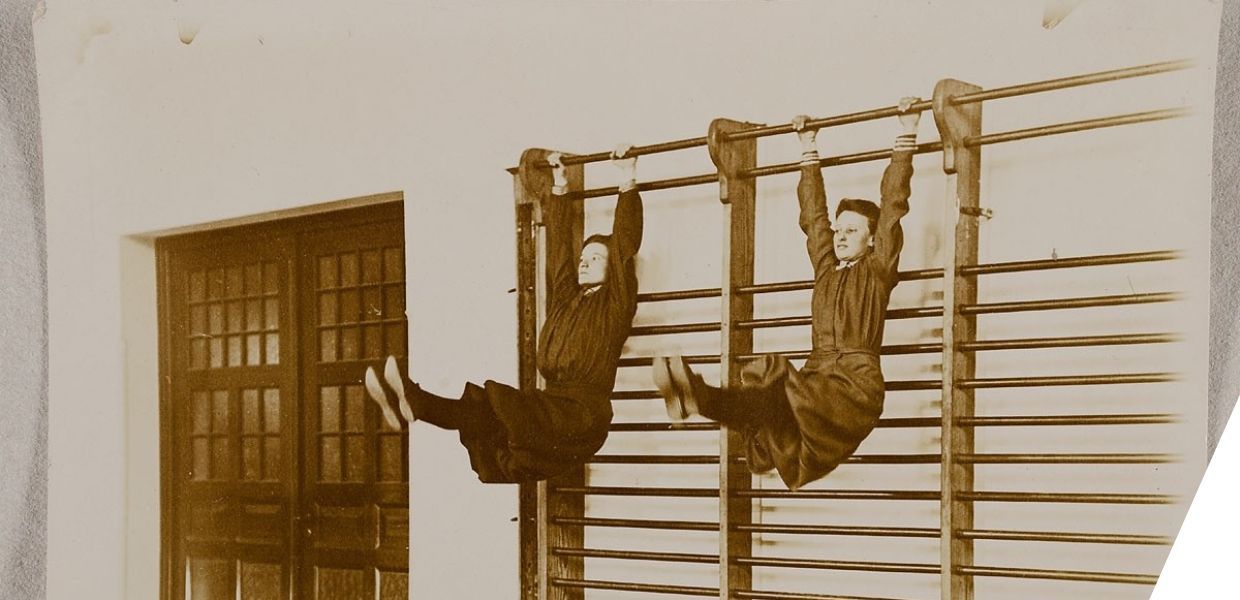The value of user contributions to cultural heritage
Many cultural heritage institutions invite their audiences to contribute to the cultural heritage that they preserve and give access to. Instead of being users, individuals also contribute their own stories, dedicate time transcribing texts, or correct and add information as part of the metadata in areas where they have expertise.
There is clear value in encouraging ‘user’ contributions to (digital) cultural heritage, but this also raises questions about how to govern this data and ensure that it continues to be reusable in line with the cultural heritage organisation’s objectives. For example, it is important to have clarity on the extent to which these contributions are subject to any rights.
Do users have rights on their contributions?
From the perspective of copyright, which only protects ‘original’ expressions, many user contributions will not be subject to any protection. For example, if a user adds ‘tags’ to an image, such as its colour or a date, it is unlikely that any copyright protection arises from that, as statements of facts are not granted copyright protection. On the other end, the contribution of actual stories might be subject to copyright protection because of the way an idea is expressed.
There are some in-between scenarios, such as users contributing subtitles, which were discussed during the office hours. Is there originality in the effort of a person creating subtitles to listen and write what is heard in an audiovisual or audio clip? In most cases, it’s unlikely that there will be copyright protection, because the act of transcribing will most likely be a reproduction of what’s being heard, simply transposed to another format. However, the result will be different if there is room for interpretation and the person subtitling makes creative choices.
A participant shared a hypothetical example where a participant would share a story that involved something lived by someone else. It is clear that beyond copyright, the data that is being shared could still include personal data or affect other personality rights. While the use of an open licence is still valid because it authorises uses in relation to copyright, it might give the impression that other aspects do not need to be cleared.
In any case, once data is posted, in situations in which it is difficult to judge the legal compliance of sharing something online, but where the risk is probably low, a quick follow up in taking the content down is essential.
Some institutional approaches
Having clarity on whether rights or other types of limitations might exist is necessary for an institution to put in place measures that ensure that the data can be used in line with its objectives.
For example, some years ago the Europeana Initiative designed a set of conditions that any individual contributing a story and an image in what were called ‘collection days’ ensured that these could be legally shared, in particular under an open licence. These terms also clarified where the liability lied, and a process for the take-down of content. This was accompanied by awareness raising and capacity building during collection days to ensure that individuals understood the terms they were agreeing to.
At the National Library of Scotland, for example, a flexible set of terms have been developed to provide clarity around rights ownership and usage permissions during crowdsourcing and other public contribution activities. The terms generally outline that contributors agree to licence their contributions under an open waiver, normally a Creative Commons Zero public domain dedication, or transfer their rights to the Library.
An organisation encouraging the use of TV archive records in higher education has also developed a process to ensure that they have sufficient rights to facilitate that purpose. In their case, this has required concluding a third-party agreement with a collecting society representing broadcasters and other rights holders to facilitate access to the content in particular circumstances and for specific uses. While exceptions may enable further uses of the TV archive, relationships with rights holders need to be managed carefully.
The Europeana Enrichments Policy
In view of the growing number of user contributions in various shapes and forms, and of efforts to produce machine-generated metadata about cultural heritage, the Europeana Initiative has recently published a clear stand point on questions regarding ‘enrichments’ in the common European data space for cultural heritage. The enrichments policy advocates in favour of transparency in the source and data quality validation processes, defends the need for this data to be interoperable and encourages the removal of barriers to its reuse, among other things.
Find out more and get involved
Did you enjoy reading about these discussions? You can find authoritative and accessible guidance on EU copyright law on copyrightuser.eu, and also register to join us in the upcoming Copyright and Policy Office hours! You can see an overview of all upcoming sessions here. Our next session on 12 December will cover cross-border uses: clarifying questions around the applicable jurisdiction when using copyright-protected material.


